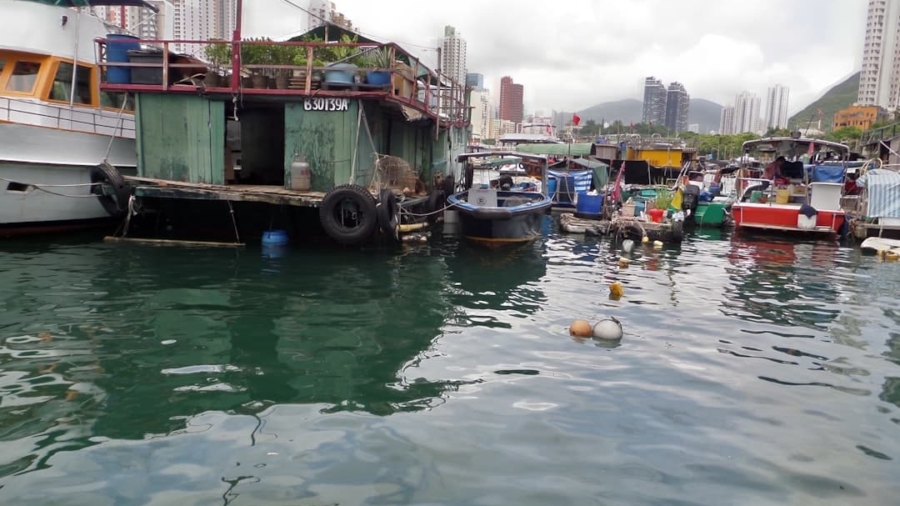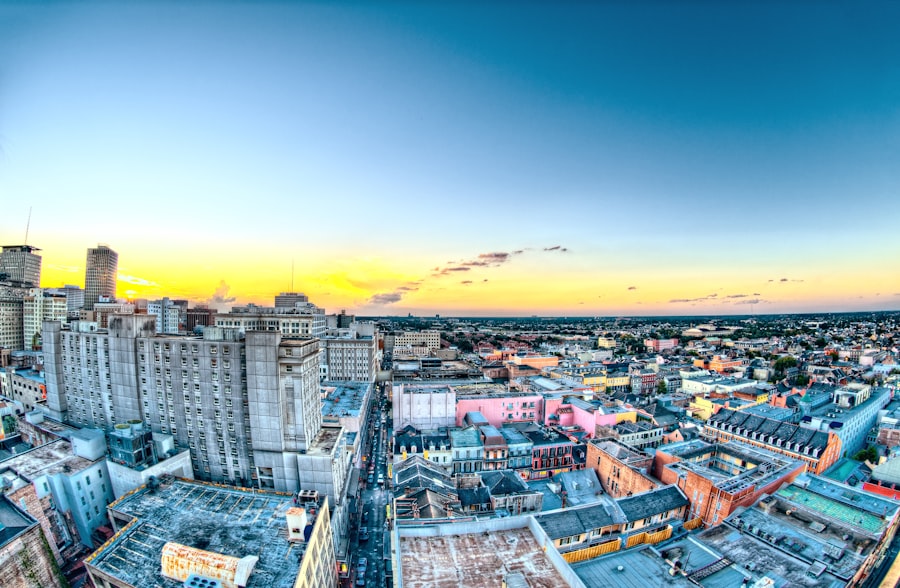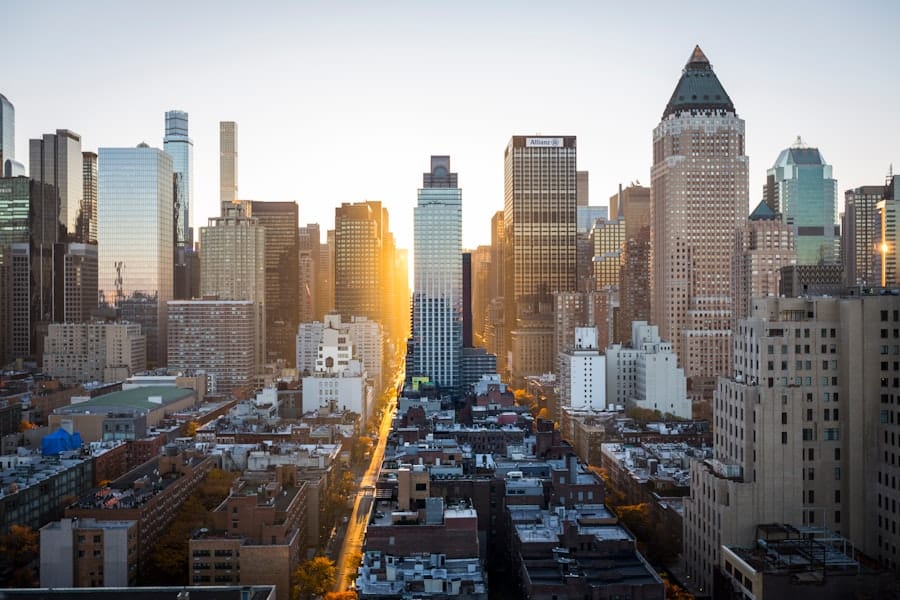The concept of the metaverse has gained significant traction in recent years, evolving from a niche idea in science fiction to a tangible reality that is reshaping various sectors, including urban planning. The metaverse refers to a collective virtual space created by the convergence of virtually enhanced physical reality and physically persistent virtual reality. It encompasses augmented reality (AR), virtual reality (VR), and the internet, allowing users to interact with a computer-generated environment and other users in real-time.
This immersive digital landscape presents urban planners with unprecedented opportunities to visualize, design, and simulate urban environments in ways that were previously unimaginable. Urban planning, traditionally grounded in physical models and two-dimensional blueprints, is now being revolutionized by the capabilities offered by the metaverse. Planners can create detailed, interactive 3D models of cities that allow stakeholders to experience proposed developments before they are built.
As cities continue to grow and evolve, the integration of the metaverse into urban planning practices promises to facilitate more informed decision-making and innovative solutions to complex urban challenges.
Key Takeaways
- The Metaverse is a virtual space where people can interact, play, and work together in a digital environment, and it has the potential to revolutionize urban planning.
- Virtual reality (VR) plays a crucial role in urban planning by allowing planners to visualize and experience urban spaces before they are built, leading to better design decisions.
- Creating virtual cities in the Metaverse enables experimental urban planning, where planners can test different scenarios and gather feedback from stakeholders in a risk-free environment.
- Collaborative design and decision-making in the Metaverse facilitate communication and coordination among stakeholders, leading to more inclusive and transparent urban planning processes.
- Simulating real-world scenarios in the Metaverse allows planners to anticipate and address potential challenges and opportunities, leading to more resilient and sustainable urban environments.
The Role of Virtual Reality in Urban Planning
Immersive Urban Planning
By wearing VR headsets, urban planners can step into their digital designs and experience the scale, layout, and aesthetics of proposed developments firsthand. This level of immersion allows for a deeper understanding of how different elements of a city interact with one another, from transportation networks to public spaces
.
Collaborative Design
For instance, a planner can walk through a virtual model of a new park, assessing its impact on surrounding buildings and pedestrian flow, all while considering how it might enhance community well-being. Moreover, VR facilitates real-time collaboration among diverse stakeholders, including architects, engineers, city officials, and community members.
Towards a Participatory Design Culture
This collaborative approach not only streamlines the planning process but also democratizes it, ensuring that a wider range of voices is heard in discussions about urban development. As a result, the use of VR in urban planning is not merely about visualization; it is about fostering a participatory design culture that values input from all community members.
Creating Virtual Cities for Experimental Urban Planning
The creation of virtual cities within the metaverse allows urban planners to experiment with innovative ideas without the constraints of physical limitations. These digital environments can be designed to reflect real-world cities or entirely new concepts that challenge conventional urban design principles. For example, planners might create a virtual city that prioritizes green spaces and pedestrian pathways over vehicular traffic, testing how such changes could influence social interactions and environmental sustainability.
This experimental approach enables planners to explore scenarios that may be too risky or costly to implement in the real world. Additionally, virtual cities can serve as testing grounds for emerging technologies such as smart city infrastructure and autonomous transportation systems. By simulating these technologies within a controlled virtual environment, planners can assess their feasibility and potential impact on urban life.
For instance, a virtual city could incorporate smart traffic management systems that adapt in real-time to changing conditions, allowing planners to evaluate how these systems might alleviate congestion or improve air quality. The insights gained from these experiments can inform real-world applications, ultimately leading to more resilient and adaptive urban environments.
Collaborative Design and Decision-Making in the Metaverse
Collaboration is at the heart of effective urban planning, and the metaverse enhances this process by providing a shared space where diverse stakeholders can come together to discuss and refine design ideas. In traditional planning processes, communication barriers often arise due to geographical distances or differing schedules. However, the metaverse transcends these limitations by allowing participants to engage in real-time discussions within a virtual environment.
This immediacy fosters a sense of community and shared purpose among stakeholders, which is essential for successful urban development. Moreover, collaborative design in the metaverse can leverage advanced tools such as digital whiteboards and interactive modeling software that allow participants to visualize changes instantaneously. For example, during a design charrette—a collaborative session where stakeholders brainstorm ideas—participants can manipulate 3D models of proposed developments directly within the virtual space.
This hands-on approach encourages creativity and innovation while ensuring that all voices are heard. As a result, decisions made in the metaverse are often more reflective of community needs and aspirations, leading to urban designs that resonate with residents.
Simulating Real-World Scenarios in the Metaverse
One of the most compelling aspects of using the metaverse for urban planning is its ability to simulate real-world scenarios with remarkable accuracy. Planners can create dynamic models that incorporate various factors such as population growth, economic trends, and environmental changes. By running simulations within these models, planners can predict how different variables will affect urban development over time.
For instance, they might simulate the impact of a new public transit line on traffic patterns or assess how climate change could influence flood risks in vulnerable neighborhoods. These simulations provide invaluable insights that inform strategic planning decisions. For example, if a simulation reveals that increased density in a particular area could lead to significant traffic congestion, planners can explore alternative designs or mitigation strategies before any construction begins.
Additionally, these simulations can be shared with community members during public consultations, helping to demystify complex planning processes and fostering greater transparency. By visualizing potential outcomes based on data-driven scenarios, stakeholders can engage in more informed discussions about the future of their cities.
Testing and Iterating Urban Planning Ideas in Virtual Environments
The iterative nature of urban planning is crucial for refining ideas and ensuring that they meet community needs effectively. The metaverse provides an ideal platform for this iterative process by allowing planners to test multiple design concepts quickly and efficiently. Instead of relying solely on static drawings or physical models, planners can create multiple versions of a project within a virtual environment and solicit feedback from stakeholders at various stages of development.
This flexibility enables rapid prototyping and experimentation with different design elements. For instance, if planners are considering various layouts for a new mixed-use development, they can create several virtual iterations that emphasize different aspects such as walkability, accessibility, or aesthetic appeal. Stakeholders can then explore these designs in VR, providing feedback based on their experiences within each iteration.
This continuous cycle of testing and refinement not only leads to better design outcomes but also fosters a culture of innovation within urban planning teams. As planners become more comfortable with experimenting in virtual environments, they are likely to push boundaries and explore unconventional solutions to urban challenges.
Challenges and Limitations of Using the Metaverse for Urban Planning
Despite its numerous advantages, integrating the metaverse into urban planning is not without challenges. One significant hurdle is ensuring equitable access to technology among all community members. While VR headsets and high-speed internet connections are becoming more accessible, disparities still exist based on socioeconomic factors.
If certain groups are excluded from participating in virtual planning processes due to technological barriers, it could lead to inequitable outcomes that do not reflect the needs of the entire community. Additionally, there are concerns regarding data privacy and security within virtual environments. As urban planners collect data from users interacting with their digital models—such as feedback on design preferences or behavioral patterns—there is a risk that sensitive information could be misused or inadequately protected.
Establishing robust data governance frameworks will be essential to address these concerns while fostering trust among stakeholders.
The Future of Urban Planning in the Metaverse
Looking ahead, the future of urban planning in the metaverse holds immense potential for transforming how cities are designed and developed. As technology continues to advance, we can expect even more sophisticated tools for simulation and visualization that will enhance planners’ ability to create responsive urban environments. The integration of artificial intelligence (AI) into these platforms could further streamline decision-making processes by providing predictive analytics based on vast datasets.
Moreover, as communities become more familiar with engaging in virtual environments for planning purposes, we may see an increase in grassroots initiatives where residents take an active role in shaping their neighborhoods through participatory design processes.
In conclusion, as urban planners embrace the metaverse as a transformative tool for their work, they will need to navigate both its opportunities and challenges thoughtfully.
By prioritizing equity, collaboration, and innovation within this digital landscape, they can harness its full potential to create vibrant cities that meet the needs of current and future generations.
A related article to “How the Metaverse Is Powering Experimental Urban Planning” is “How to Choose a Smartphone for Your Girlfriend” which discusses tips and considerations for selecting the perfect smartphone for your significant other. This article can provide insights into the importance of technology in our daily lives and how it can impact various aspects of society, including urban planning. To read more about choosing the right smartphone, check out the article here.
FAQs
What is the Metaverse?
The Metaverse is a collective virtual shared space, created by the convergence of virtually enhanced physical reality and physically persistent virtual reality.
How is the Metaverse being used in urban planning?
The Metaverse is being used in urban planning to create virtual simulations of cities, allowing planners to experiment with different designs and scenarios before implementing them in the real world.
What are the benefits of using the Metaverse in urban planning?
Using the Metaverse in urban planning allows for more efficient and cost-effective experimentation with different urban designs, as well as the ability to gather feedback from a wider range of stakeholders.
Are there any challenges in using the Metaverse for urban planning?
Challenges in using the Metaverse for urban planning include the need for accurate data and realistic simulations, as well as ensuring that the virtual designs can be effectively translated into the physical world.



